Through the kind offices of Bro. Cory Sigler, editor and publisher of The Working Tools magazine, my review of Ami Pflugrad-Jackisch’s Brothers of a Vow appears in the August issue and here too. It took me four years to get this done (long story) and into print, so I offer it here for Flashback Friday.
Brothers of a Vow: Secret Fraternal Orders and the Transformation of White Male Culture in Antebellum Virginia
By Ami Pflugrad-Jackisch
The University of Georgia Press, 2010
ISBN-13: 978-0-8203-3227-7
181 pp.
In a concise history of only 123 pages (with another 56 for Appendix, Endnotes, and Bibliography) researcher Dr. Ami Pflugrad-Jackisch, History Department Chair of University of Michigan-Flint, focuses on a specific, but hugely revealing aspect of fraternal life in America. She illustrates what it meant to be a member of an exclusive fraternal order in Virginia during the decades leading to the U.S. Civil War, a period of great socio-economic and political change that recast white masculine identity in the South’s largest slave-based economy. By delving into membership records of Freemasonry, Odd Fellows, and Sons of Temperance, as well as historical archives and news accounts of the Old Dominion in the early nineteenth century, the author shows how fraternal life within the lodge and daily life without dramatically influenced each other, giving rise to a civil society striving for modernity. Brothers of a Vow is presented in three parts. First comes the context of white male society in antebellum Virginia. It’s not what you may think. Economic opportunity, civil rights, and advantageous social status were enjoyed nearly exclusively by the propertied, wealthy elites. Secondly, she assesses the force that fraternities there exerted in society by imparting their values and conferring measures of status on their members. The secret societies created a reality wherein one’s character and conduct could win him a better life, infusing momentum into the parchment promises of all men being equal. In the third act, Pflugrad-Jackisch reconciles those two dynamics to show the emergence in the 1850s of a new Virginia driven by increased prosperity and liberalized civil rights, and a return to the public square of fraternal orders’ proud brethren. The significance of her findings is impressive, especially since the reader knows of the disaster looming in the ensuing decade.

Antebellum Virginia’s socio-economic transition is key to the story. Fraternity members today tend not to think how the world outside impacts their lodges, except in extreme upheavals like the Morgan Affair and economic collapse, but changes in civil society affect secret societies. An Indiana Freemason may grumble about the fraternity’s prohibition of alcohol, without realizing the Grand Lodge enacted the rule at a time in the late nineteenth century when the temperance movement swayed millions to shun liquor. Your lodge may opt for electric tapers about the altar not from aesthetic ineptitude, but because the fire marshal or the insurance agent says so. Your lodge’s tax status is the result of the Internal Revenue Code of the United States, not your treasurer. So too in pre-Civil War Virginia, forces beyond any man’s or group’s control decided the futures of Freemasonry, Odd Fellowship, and the Sons of Temperance.
“If Virginia had remained a primarily agrarian society throughout the antebellum era,” the author postulates, “perhaps the herrenvolk democracy [government by ethnic/racial majority] that proslavery advocates envisioned would have fostered harmony among white men. During the 1840s, however, the state underwent a series of important social, economic, and political transformations that altered the nature of its society, hastened its transition to a market economy, and engendered the growth of towns and cities.” During the 1830s, about 80 percent of white, male Virginians were employed in agriculture, but change, driven by construction of roads, canals, railways, and other infrastructure, created a new economy. Virginia’s cities became interconnected, and trade with Washington, Philadelphia, and Baltimore became common for merchants. Communications with cities further north was inevitable. Upward mobility allowed some artisans and mechanics to quickly improve their standings by becoming shopkeepers and factory owners. The middle class. “Between 1830 and 1850, urban centers across the state expanded, and the free white populations of Richmond and Petersburg doubled as young white male cabinetmakers, carriage makers, blacksmiths, hatters, and other artisans moved to cities in order to fulfill the growing needs of middle-class consumers. Work for skilled tradesmen abounded in urban areas as new warehouses, marketplaces, and other physical structures had to be constructed to keep pace with the new market economy in Virginia. Skilled white laborers also found work in small factories, flour mills, and iron foundries, and as overseers in tobacco factories, while a new class of merchants, shopkeepers, agents, clerks, and other businessmen grew up around the state’s expanding commercial sector.” Those who did not prosper in the new market economy included many white men who were relegated to unskilled labor and to competing with slaves who were hired out by their owners to fill specialized labor tasks. Whichever fate one faced, what was inevitable was the closing window of opportunity to become a property owner through farming and slave-owning. The new Virginia white male depended less on prestigious family name and title to land, and more on his own wits, industry, and moral fiber.
In this social and economic revolution, with thousands of men leaving their hometowns for the promise of better days in cities, these rootless strangers were compelled to make their own identities in ways as virtuous as possible. A man’s word was his bond in personal and commercial matters, making his cultivation of reputation essential for success anywhere. The lodge, Masonic or other, was a force for ensuring the quality of men. The process for joining a Masonic lodge then was much as it is today, although with tougher scrutiny of who eventually would be initiated. “Investigations and those who vouched for the character of applicants were asked to consider whether or not they would feel comfortable lending the applicant large sums of money, if they could trust him to protect and ‘intermingle’ with their families in times of crisis (particularly their wives and daughters), and if, upon their death, they would trust the applicant to visit their bedside or oversee their funeral arrangements.”
This quality control paid dividends, as lodge brothers, without necessarily knowing each other, were confident in one another’s stability and reliability because their fraternal orders were based on equality and merit. Simultaneously, in the fraternities’ interactions with the public, it was made clear that the selective nature of lodge membership meant that lodge members constituted a choice stratum of society. “The fraternities stressed the importance of a man’s integrity rather than his economic status” and served as social levelers, bringing together men who otherwise would not have had chance to know each other. In the new Virginia, it was lodge, not land, that placed value on upwardly mobile white males, and it was an identity many men craved.
Other benefits of fraternal life, of course, included the charity extended to distressed brethren, and shows of fraternal identity in public. “Sick and death benefits were another new feature of antebellum fraternalism,” says Pflugrad-Jackisch, reminding us that what we often take for granted today was not always so. “In the post-Revolutionary era, the Freemasons had provided special money to help brothers in need, raised funds to educate Masonic orphans, and buried deceased brothers. However, it was during the antebellum period that the Masons created a more centralized system for the collection and distribution of charitable funds. The Odd Fellows were the first to combine a centralized mutual benefit system with secret fraternal rituals in the late 1830s, and other newly created antebellum orders quickly followed suit.” These systems of assistance no doubt contributed to the growth of these fraternal orders at a time in history before charitable institutions and, certainly, government agencies became the vehicles for helping the needy we know today. It simply was a huge deal for a respectable, but not particularly wealthy, middle class man to have a large showing of regalia-attired mourners performing his funerary rites in full view of the public at the church graveyard, something once reserved for military figures and other honored citizens.
With this new society on the rise, it would not be possible for public laws to remain as established in the original Virginia of the early American republic and previously. The right to vote was held by those who owned land, called freeholders. Wherever you live, there is a good chance the elected legislators of your county are called freeholders, a title that dates to the time in American society when only property owners could vote and steer the power of government. But, “by creating a network of white neighborhoods, the fraternities constructed a space outside the political arena where white men could envision an alternative definition of white male independence based on men’s moral conduct rather than on the ownership of land or slaves.” The status quo in 1829 denied suffrage to white men universally because men who worked for a living “were comparable to slaves” in that both groups were “subject to the will of others for their own subsistence.” The “peasantry” could not be entrusted with political affairs. It wasn’t only about electing politicians; the right to vote decided how public monies were spent on infrastructure, resulting in the aristocratic east of Virginia benefitting from public works that made life and commerce easier. “By 1849, the calls for a new state constitution had become deafening” and the legislators of Virginia soon elected to extend suffrage to “every white male citizen of the Commonwealth of the age of twenty-one years.” The meritocracy of the lodge, where leaders were elected according to their abilities and virtues (and where discussion of partisan politics was forbidden), had been translated into basic rights for lodge members in their cities and towns.
In closing, it is necessary to explain that this book is not about slavery nor the advent of freed slaves or otherwise free black people; nor is it about the rise of Prince Hall Masonry, but obviously these racial realities figure substantially in the history of Virginia and the fraternal orders that prospered there during this specific period. Prince Hall Masonry is discussed for several pages. It is said to have existed in Virginia as early as 1845 in the form of Universal Lodge No. 1 in Alexandria, although the law clearly prohibited secret societies for black men.
This reviewer has been saying for years that some of the best books investigating Freemasonry have come from the labors of scholars outside the fraternity, and Ami Pflugrad-Jackisch’s very thoughtful analysis of antebellum Virginia is among the best even though Masonry is not its sole focus. The author has lectured for Masonic audiences in recent years, including the Scottish Rite (Northern Masonic Jurisdiction) New Perspectives on American Freemasonry and Fraternalism symposium in 2010 in Massachusetts, and the International Conference on the History of Freemasonry in 2011 in Virginia. I strongly encourage any or all of Virginia’s five lodges of Masonic research—particularly Civil War Lodge of Research No. 1865—to invite this professor to speak.






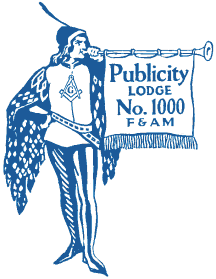

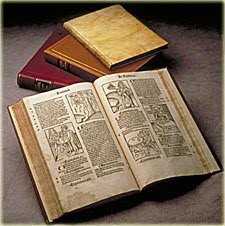


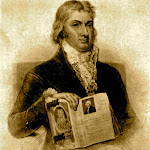




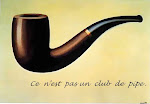
















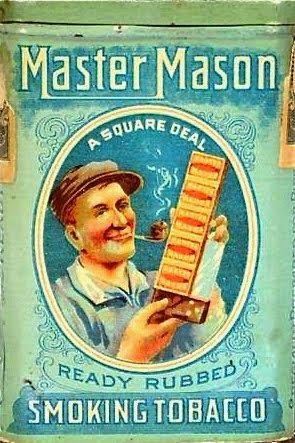


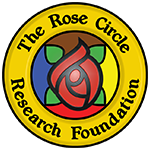

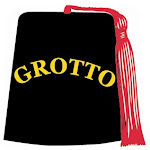








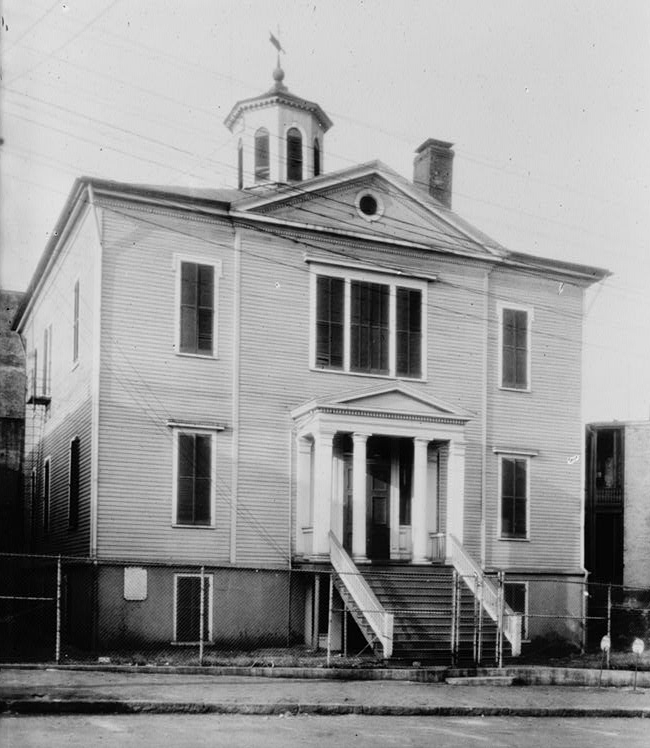
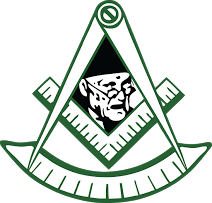
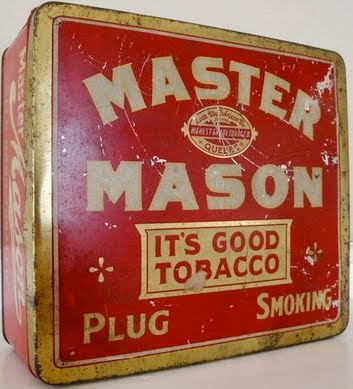




No comments:
Post a Comment